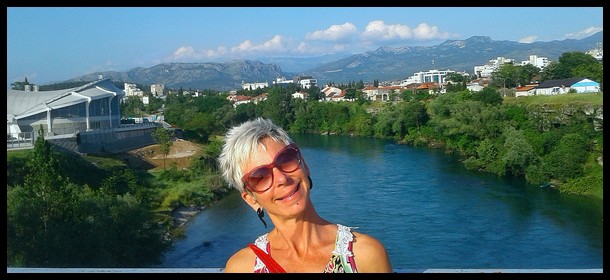
Lash at Moraca River – Podgorica – Montenegro
16 Highlights of my 2019 Travels in Eastern Europe
This year I’ve been busy exploring Eastern Europe and the Balkan countries. Thus far, I’ve been traveling around the region for six months.
I haven’t yet visited every country in the area because I prefer to travel slowly and in-depth. To date I’ve traveled through nine countries, six of which I’ve explored pretty extensively and three rather briefly.
More specifically, I’ve visited Montenegro, Albania, Kosovo, Macedonia, Bulgaria, Romania, Poland, Slovakia and Hungary.
I explored rather extensively the countries of Montenegro, Albania, Kosovo, Macedonia, Bulgaria and Romania, while the other three countries I just visited briefly.
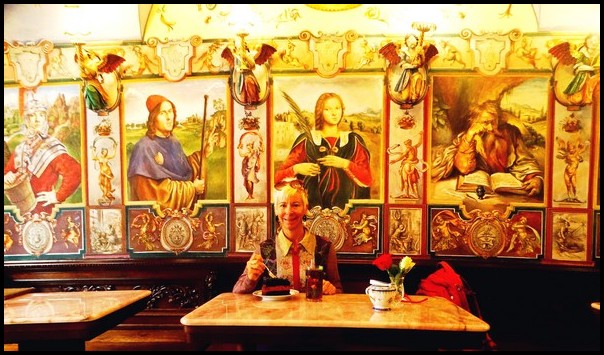 In Hungary I only visited Budapest for 10 days and otherwise crossed the country by trains. In Slovakia, I only spent one week in the capital city of Bratislava and crossed the country by bus and train. In Poland I spent two weeks in gorgeous Krakow and explored a small slice of Poland’s far southwestern area.
In Hungary I only visited Budapest for 10 days and otherwise crossed the country by trains. In Slovakia, I only spent one week in the capital city of Bratislava and crossed the country by bus and train. In Poland I spent two weeks in gorgeous Krakow and explored a small slice of Poland’s far southwestern area.
My favorite countries have been Montenegro, Albania, Bulgaria and Romania. This might be partly due to spending more time in these countries, getting to know the culture, people and places in more depth. Who knows, I may very well love Poland, Slovakia or Hungary just as much if/when I take time to explore them more extensively.
I am by no means finished exploring this region. I still have to visit the Balkan countries of Serbia, Croatia and Bosnia & Herzegovina as well as several more northern Eastern European nations. I’ll be exploring the three remaining Balkan countries next year, along with several other countries in Europe.
But as far as my 2019 travels in Eastern Europe go, the following places have been the highlights of my adventures here. Not surprisingly, a majority of those highlights are in my four favorite countries.
Without further ado, here are my 2019 travel highlights in Eastern Europe, in no particular order.
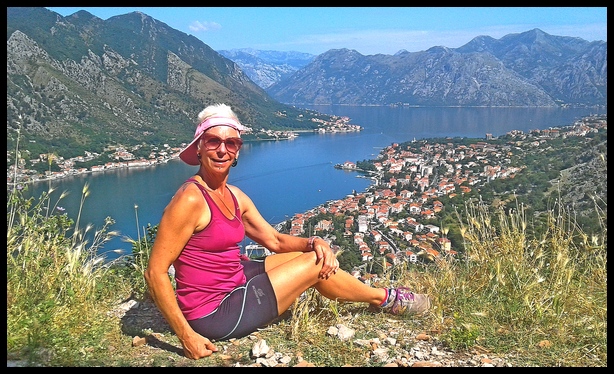
high above Kotor Bay – Montenegro
1. Kotor – Montenegro
Kotor is one of Montengro’s most beautiful and famous places. ‘Kotor’ refers to both the small historic town of Kotor and the series of stunning interconnected, fjord-like bays situated at the far northeastern corner of Montenegro, bordering Croatia.
Kotor certainly deserves its fine reputation. Kotor Bay, the furthest inland, is particularly spectacular. The narrow, finger-like bay is lined by soaring rocky mountains. The historic Old Town is still surrounded by its original thick stone walls that engulf the quaint cobble-stone roads and all-stone houses, shops, hotels, restaurants, cafes and churches.
I wrote more about Kotor in my article 10 Best Places to Visit in Montenegro
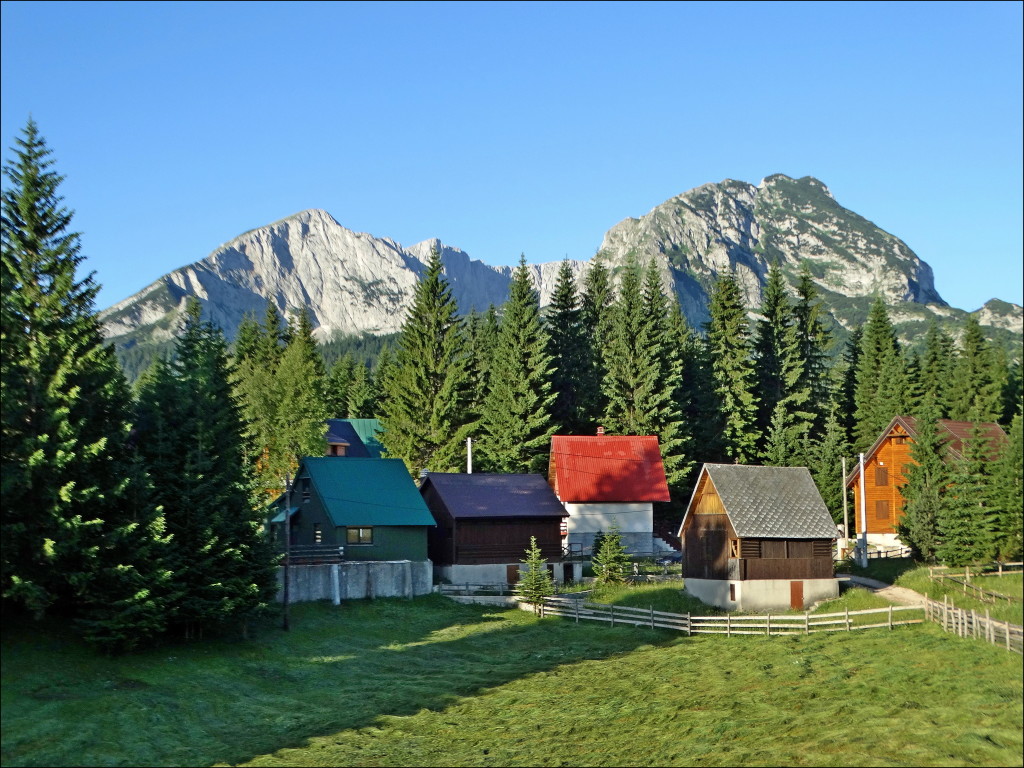 2. Durmitor National Park – Montenegro
2. Durmitor National Park – Montenegro
Durmitor National Park, situated inland in northern Montenegro features jaw-dropping jagged mountain peaks, beautiful evergreen & deciduous forests, extensive hiking trails, pretty lakes and cute mountain-hut style guest houses.
I’ve also included Durmitor in my 10 Best Places to Visit in Montenegro
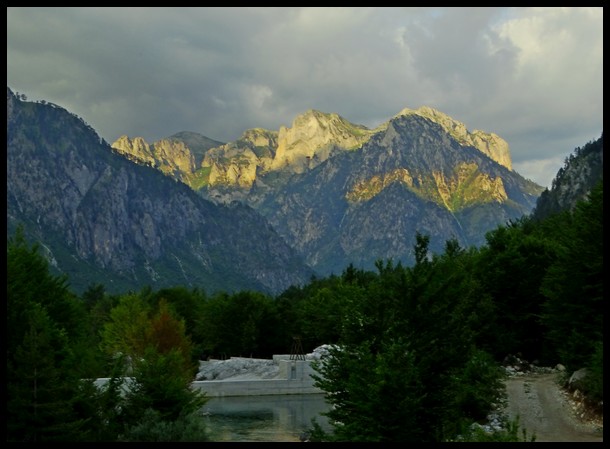 3. Valbona Valley – Albania
3. Valbona Valley – Albania
Valbona Valley, situated in far nothern Albania, is the Albanian version of Durmitor. Valbona’s mountains are even more spectacular than those at Durmitor, higher, more jagged and more stark.
Their dramatic impression is increased by the fact that Valbona Valley is so narrow. Like Kotor, the soaring peaks loom over the valley.
Valbona also has dozens of fantastic hiking trails and beautiful mountain lodge hotels & hostels for visiting hikers and travelers.
 4. Koman Lake Ferry Trip – Albania
4. Koman Lake Ferry Trip – Albania
One of the most popular and beautiful ways to reach Valbona Valley is by ferry on the long Koman Lake. It’s actully a dammed river that winds through beautiful forested mountains.
Both car & passenger ferries travel every day in tourist season, mainly shuttling visitors between Skoder Lake and Valbona Valley. The trip consists of three parts: a 2-hour van trip from Skoder to the southern ende of Koman Lake, a 2-hour ferry trip then another 1 ½ hour van ride into Valbona Valley.
The entire journey passes through beautiful mountainous terrain, culminating in arrival at spectacular Valbona Valley.
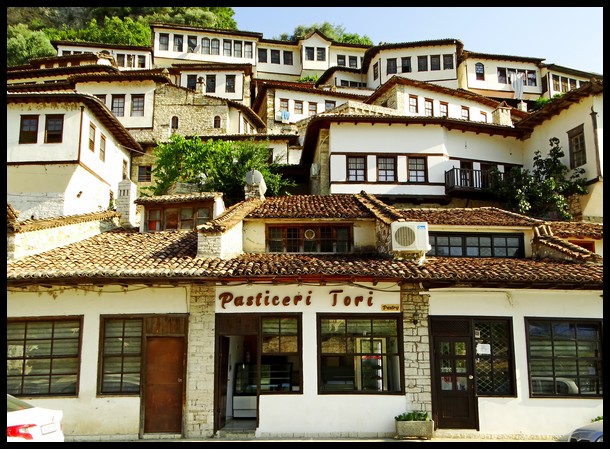 5. Berat – Albania
5. Berat – Albania
Berat is an adorable historic town in central Albania, filled Math gorgeous Ottoman Turkish houses that are packed in tiers on two hillsides. The hills face each other across a river that passes between them.
Besides the famed Berat houses, atop one hill is an extensive ‘castle’ which is actually an original stone town surrounded by high stone walls and affording spectacular views over the town and river below. People still live in the village!
I liked Berat so much that I stayed an entire week to admire the architecture, hills and views.
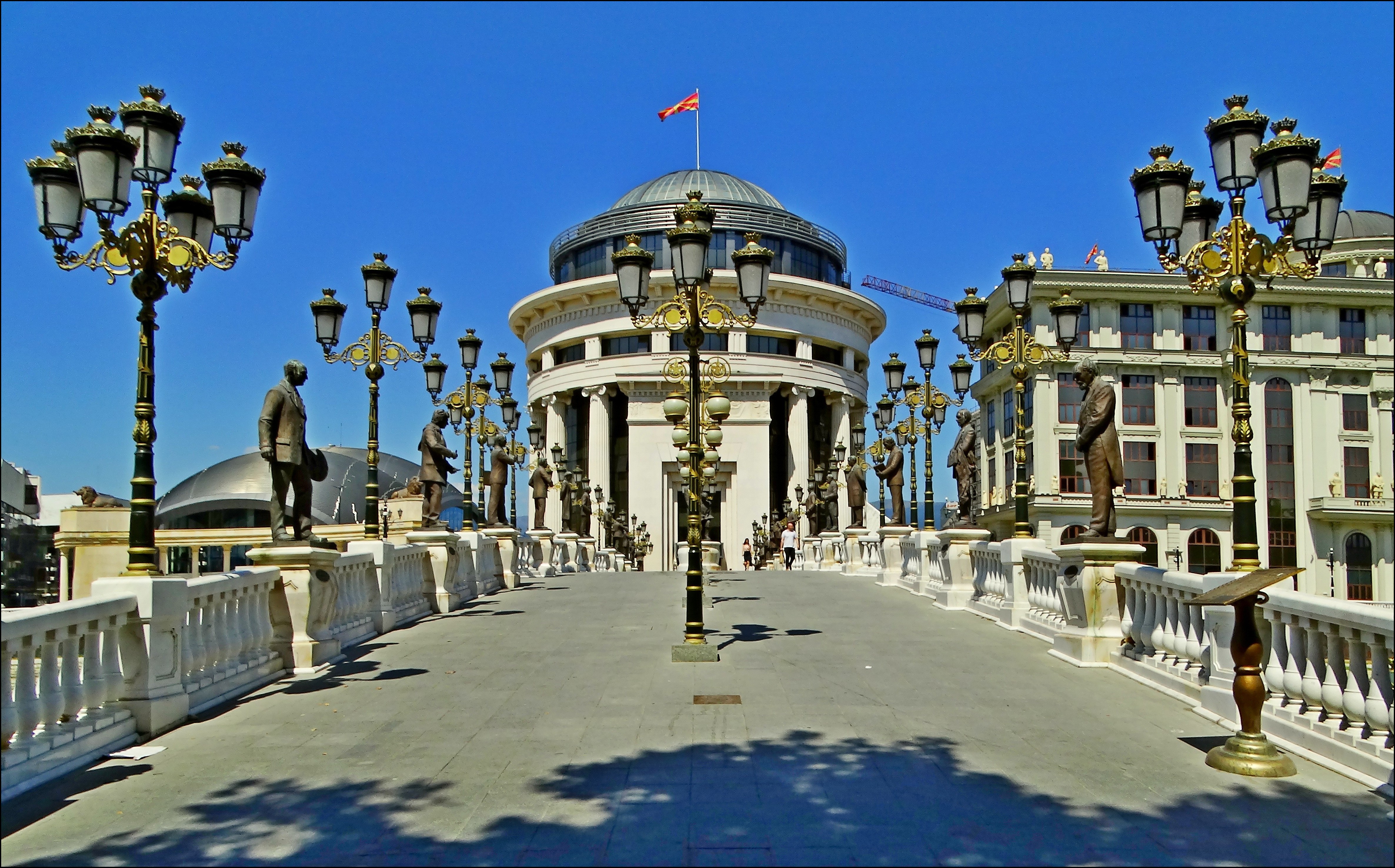 6. Skopje – Macedonia
6. Skopje – Macedonia
Skopje is the capital of Macedonia. It’s usually described as ‘quirky’ because of its hodge-podge collection of ecceltic architecture in the city center.
There’s the old Turkish market area, some huge boxy Communist-era buildings and a variety of unusual modern buildings, many of them designed to imitate historic Neo-Classic or Renaisance architecture.
The city center is also jammed Math a huge assortment of statues and monuments. A wide but shallow river runs through the heart of the city and its lined by large outdoor restaurants, bars & cafes. There are also two massive wooden ‘ships’ in the river, which are actually restaurants in disguise.
I definitely agree that Skopje is ecceclectic and quirky. But I really liked the strange buildings, diversity of architecture and uniquness of the city. I also found an excellent Chinese restaurant, visited a few luxury hotels and enjoyed some interesting museums.
Of the cities in this region, Skopje was one of my favorites, in fact.
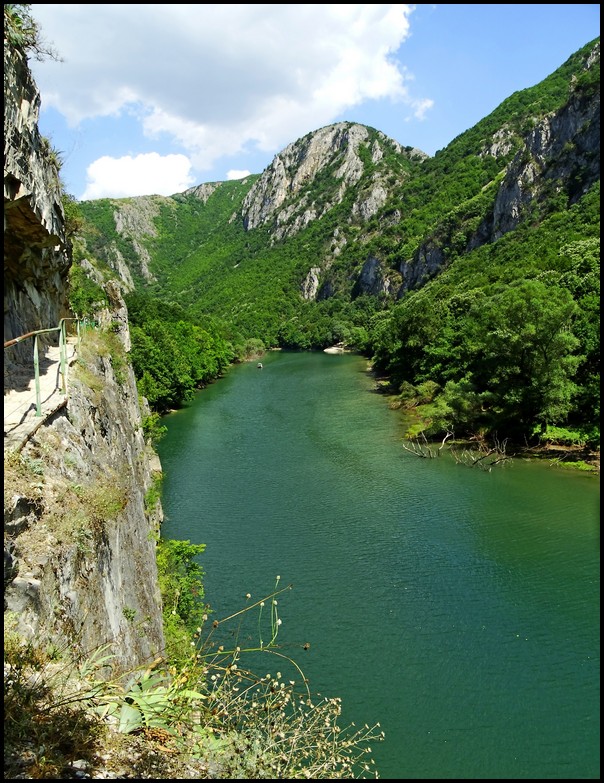 7. Exploring Matka Canyon with a new travel friend – Macedonia
7. Exploring Matka Canyon with a new travel friend – Macedonia
One of the places in Macedonia that I was most excited about visiting is the gorgeous Matka Canyon, located about one hour from the capital city, Skopje.
I really lucked out going there, though. Before heading to Skopje, I had stayed several days at a rock climbers’ hostel in Morovo National Park. While there, I met a fun-loving, energetic Dutch man traveling by camper van.
As luck would have it, he was leaving for Skopje the same day as me and offered me a ride. Turns out he also wanted to visit Matka Canyon, which happened to be en route to the city.
So we made a full day of it, exploring the gorgeous canyon. We discovered a long cliff-hugging hiking trail that runs along the entire length of the canyon, so we walked it to the end and back, joking around and enjoying the spectacular scenery. Afterward, we stopped at a lakeside cafe for espresso and cake. Then he drove us to Skopje, took me right to the front door of my accommodation, then went on his merry way.
We’re still in contact, though he’s back in Holland exploring his native country for several months.
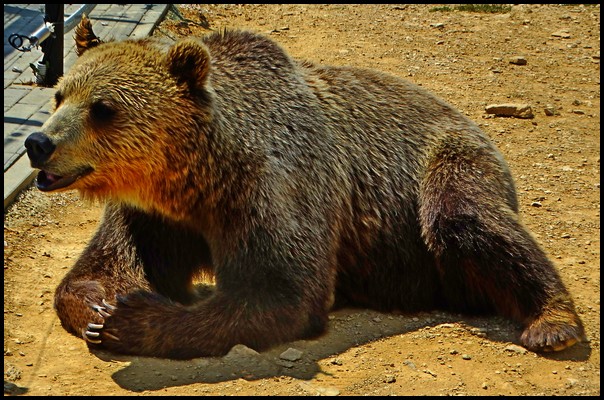
Four Paws Bear Sanctuary in Kosovo – one of the great places I learned about by pre-researching Kosovo!
8. Visting Four Paws Bear Sanctuary – Kosovo
One the best and most unique adventures I’ve had in the Balkans was visiting the Four Paws Bear Sanctuary, located about one hour from Kosovo’s capital city, Pristina.
It was a bit of a mission getting there by public transportation. That consists of taking a bus about 30 minutes to a small village then walking three km to the sanctuary. Normally, that should actually be quite easy, but finding out the bus information, waiting for the infrequent bus and walking in scorching 32C / 90F heat was a bit much.
But it was all worth it to learn all about the bears, Four Paws Foundation and to visit Math more than one dozen bears living in more-or-less natural habitat.
I wrote much more about my visit in this article
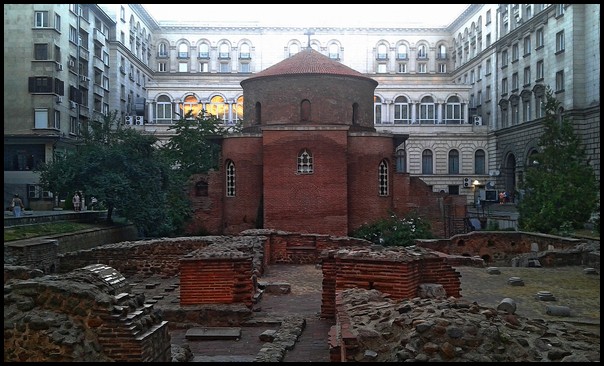 9. Sofia – Bulgaria
9. Sofia – Bulgaria
Sofia was the first really big city I encountered in the Balkans. It’s on a completely different scale from cities in Montenegro, Albania, Macedonia or Kosovo, which seem like big towns in comparison.
Central Sofia has blocks and blocks of massive historic buildings, many that take up an entire block or more. There are several large museums, nice leafy city parks, gorgeous architecture. This all gives Sofia the look and feel of a major European city.
I later visited much bigger cities like Krakow, Poland; Budapest, Hungary; and Bucharest, Romania. From that perspective, I understand that Sofia is a realatively small European city, but one Math a big city look and feel.
Besides all the gorgeous architecture and shady parks, I also enjoyed Sofia’s free walking tours, delicious & inexpensive food, free mineral water sprouting from fountains found all over the city, and the ultra-cheap second-hand clothing stores, where I found some amazing bargains.
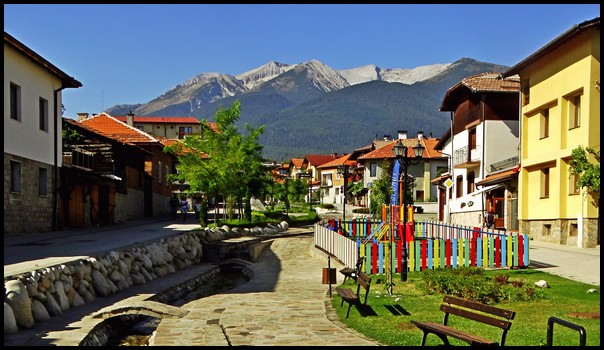 10. Bansko – Bulgaria
10. Bansko – Bulgaria
Bansko is a small adorable ski resort town about two hours south of Sofia.
I had actually never heard of it. I only landed there because of my hotel assignments. But, boy am I glad I got htat assignment! Bansko turned out to be one of my favorite little towns in the Balkans.
It’s filled Math extremely old historic architecture Math cobblestone roads and most buildings made of dark wood and/or stone. Most of the hotels and guest houses are built in mountain chalet style and look quite charming.
Bansko has some important churches, buildings, historical figures and, nowadays, skiing.
Of course, another major part of Bansko’s beauty and charm are the high mountains soaring overhead on the south end of town. They look very pretty in summer, but really spectacular in winter when they’re covered Math snos.
Actually, I found out that Bansko is really a very big deal in the European skiing world! The World Ski Championships have been held there for 10 years in a row thus far! And hoardes of Europeans flock to Bansko to ski because the prices are a mere fraction of skiing resorts in Western Europe.
I liked Bansko so much that I’ve kept it in mind for a return trip ever since my first visit in August. And…I recently decided to return to Bansko over Christmas week to actually go skiiing!
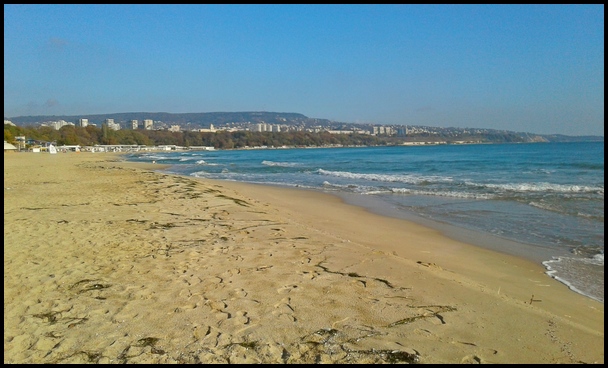 11. Varna – Bulgaria
11. Varna – Bulgaria
Varna is a coastal city on Bulgaria’s eastern Black Sea coast. It’s most famous as a beach & party destination in summers. But Varna also has a very important historical role in modern Bulgaria and is one of the largest, most important ports on the Black Sea.
That’s not the kind of city – or beach – that I would normally like. In fact, I didn’t expect to like it much at all.
To my complete surprise, I loved Varna from the first day I walked through town. I liked it so much that within a few days I decided to stay an entier month!
Varna has one of the best and largest city parks I’ve ever seen. It runs along the coast for miles.
Then there are the series of pretty golden sand beaches, the free public hot baths at the sea, excellent street musicians, a never-ending program of music & theater performances and hundreds of lovely street cats.
I’m writing more about wonderful Varna next week, so catch my article if this sounds like your kind of place, too.
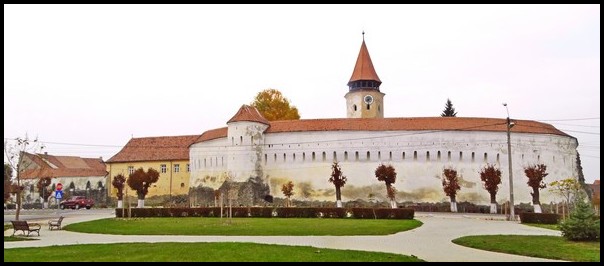 12. Transylvania – Romania
12. Transylvania – Romania
OMG – I loved all the places in Romania so much that I could easily count the entire country as one of my Eastern European travel highlights.
Each town & city I visited was gorgeous. The Romanians are super helpful, friendly and actually seem happy, as compared to the normally stone-faced people I’ve met in nearly very other country in this region.
Food is good, inexpensive & easy to find. And Romania is the only country in the world besides Mexico where I actually like the hostels, which seem more like boutique hotels!
I wrote more about amazing Romania in this article.
Transylvania ‘state’ was a particular highlight, though. It’s really the heart of Romania, situated in the center of the country and including the beautiful Carpathian mountains as well as flat agricultural areas and quaint traditonal towns.
What’s really special about Transylvania, on top of all the usual Romanian wonders, are its many UNESCO status Medieval fortified churches & towns, gorgeous castles and fortress ruins. Each is different and really cool.
I especially loved the amazing fortified Medieval churches, which consist of a historic church completely surrounded by thick walls with look-out towers. The walls also house apartments and/or or shops, schools…everything a small Medieval town would need to survive.
In Transylvania, I repeatedly felt like I was visiting movie sets, set in Medieval times. I loved it!
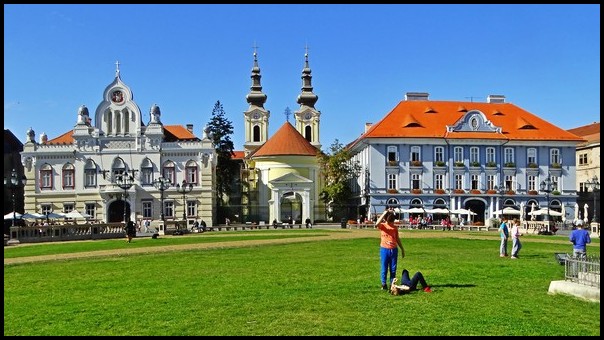 13. Timisoara – Sibiu – Brasov – Romania
13. Timisoara – Sibiu – Brasov – Romania
I first arrived to Romania from Hungary and landed in Timisoara, a small city near the border. I immediately fell in love Math it. So much so that I quickly wrote an article about Amazing Timisoara.
From tehre I slowly headed into central Romania, visiting other major historic cities, including Sibiu and Brasov. Each one was just as great, if not better, than the one before.
These are the beautiful historic Romanian cities that I mentioned above. I can’t actually pick one over the other as my favorite or the best, so I’ll just collectiely call them highlights of my travels here.
Each is a historic city filled Math stunning architecture, great little musuems, lots of music and/or art events, lovely plazas, shady parks and, in the case of Timisoara, a pretty canal.
 14. Krakow – Poland
14. Krakow – Poland
As I explained in my Introduction to Krakow, I actually had no intention of visiting Poland this year. I changed my plans at the last minute in September to attend a big family reunion in SW Poland.
As a result, I had not done any research or pre-planning for Krakow or Poland. Nor did I have any particular expectations or interest in the region. I was going first and foremost to meet unknown relatives for the first time.
So Krakow took me completely by surprise. A wonderful surprise, at that.
Turns out Krakow is one of few European cities that was almost entirely spared damage during WWII. That means its one of the most beautiful historic cities in all of Europe, filled Math a mind-boggling amount of diverse architecture from over the many centuries of European architectural development. Krakow boasts many extremely important buildings, churches and landmarks, some of which are found nowhere else nowadays.
A few highlights include the extensive Wawel Castle complex, set atop a hill over-looking the Vistula River, several stunning churches & cathedrals, diverse educational museums, a beautiful park surrounding the historic district, the old Jewish quarters and walks along the river.
Krakow quickly became one of my favorite cities in the world. I ended up staying two full weeks to explore, yet didn’t get to see everything.
You can learn more about Krakow in my two articles – Intro to Krakow and 10 Free Things to do in Krakow
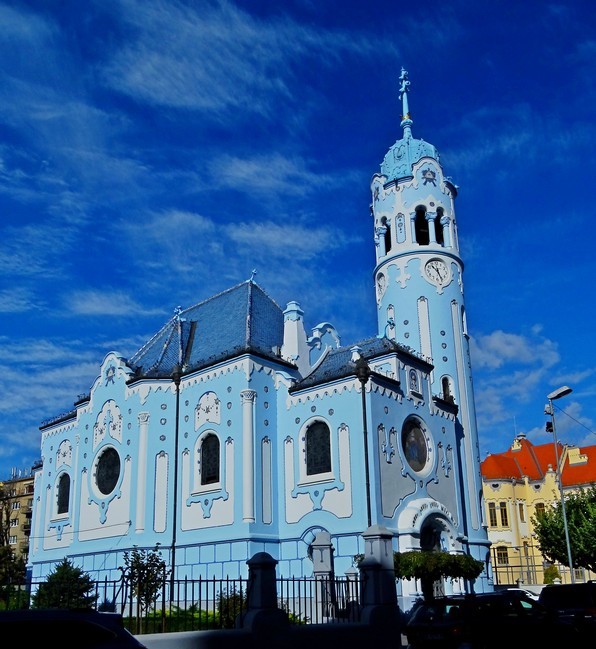 15. Bratislava – Slovakia
15. Bratislava – Slovakia
Bratislava is Slovakia’s pretty, historic capital city. It’s situated along the banks of the placid Danube River. Compared to neighboring capitals like Vienna, Budapest and Krakow, Bratislava is a small & compact city. It’s often referred to as the ‘Little Sister City’.
Bratislava’s small compact size makes it much easier and less overwhelming to explore. All the gorgeous architecture, pretty plazas and interesting museums are within walking distance of each other, mostly set within Bratislava’s small historic district.
There’s also a grand castle set up on a hill over-looking the Danube, long pedestrian walkways & parks running for miles along the river, and a few unique hidden attractions tucked down little cobblestone alleys & walkways.
I enjoyed exploring the historic district, castle, riverside and a few museums at a leisurely pace, without getting exhausted walking long distances Math my heavy day pack, like I did in massive Budapest.
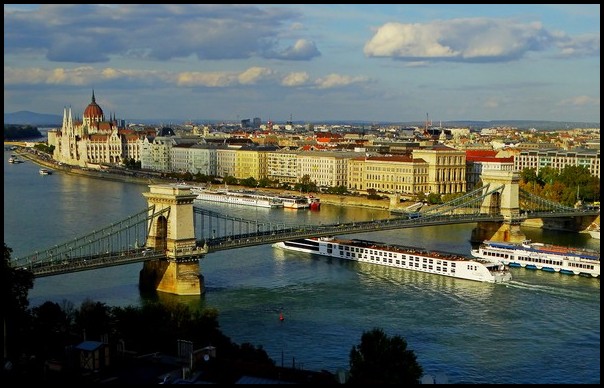 16. Budapest – Hungary
16. Budapest – Hungary
Budapest is a huge, huge city. It’s filled with a plethora of stunning historic architecture that runs along both banks of the wide Danube River.
One side consists of a long, low hill topped by a massive castle, soaring church towers and several other huge historic buildings. The great thing about it are the amazing panoramic views over the river and city.
Budapest is famous, among other things, for its huge historic public bathouses, some of the largest in Europe. The city also has some super famous restaurants & cafes, some with live classical musicians serenading diners in afternoons and evenings.
Slum bars – parliament building – walking tours
Budapest is a city so big that you really do need to use public transportation to get around between major areas and attractions. Luckily, there are regular trams, subways and buses running to all parts of the city.
I liked Budapest for its stunning architecture (of course), views along the Danube, public bath houses and other unique & famous attractions it offers.
However, Budapest for me is city to visit, not one to live in.
Summary
So that sums up my best adventures and destinations in Eastern Europe in 2019. I will continue exploring this region most of next year, so stayed tuned for more highlights of traveling in the Balkans and Eastern Europe.
==================================================







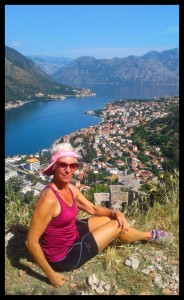
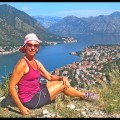
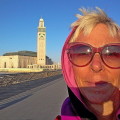
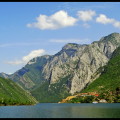
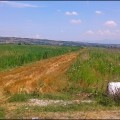

 Hi! I'm Lash, an American nomadic world traveler who's been traveling solo since 1998. I’m passionate about traveling the world nomadically and then sharing it all with you. I hope to inspire you to travel the world, to entertain you with tales from the road, and to help you reach your travel dreams. Welcome!
Hi! I'm Lash, an American nomadic world traveler who's been traveling solo since 1998. I’m passionate about traveling the world nomadically and then sharing it all with you. I hope to inspire you to travel the world, to entertain you with tales from the road, and to help you reach your travel dreams. Welcome! 




3 pings
The Many Charms of Varna – Bulgaria
2019/12/01 at 11:55 pm (UTC 8) Link to this comment
[…] « 16 Highlights of my 2019 Travels in Eastern Europe […]
LashWorldTour 2019 World Travels in Review - LashWorldTour
2020/01/15 at 2:05 am (UTC 8) Link to this comment
[…] more details about my favorite places in the region see my article 16 Highlights of Travels around Eastern Europe or find out why this area is so great in 13 Things I Love about Eastern […]
Differences between US and European Cities - LashWorldTour
2020/08/27 at 7:44 pm (UTC 8) Link to this comment
[…] 16 Highlights of my 2019 Travels in Eastern Europe […]